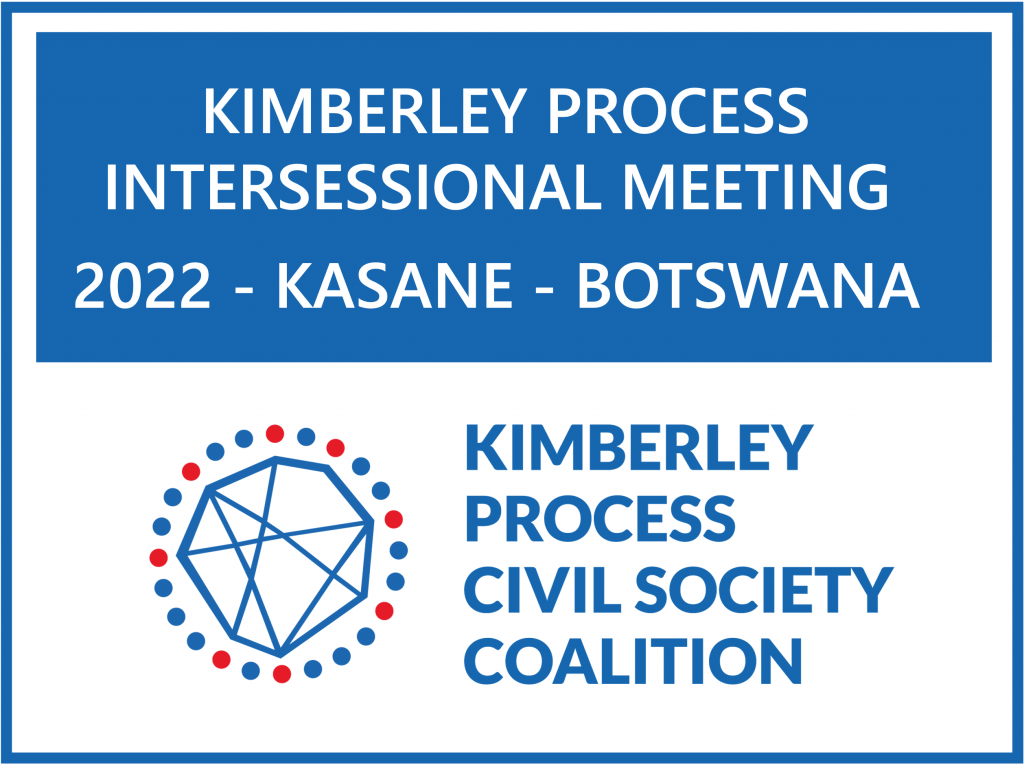Diamonds are forever! That was a James Bond spy thriller released in 1971. And then, the Heart of the Ocean that got sunk in the ocean in the Titanic movie! It was a replica of the big blue 45.52-carat Home Diamond that’s worth $350 million, nearly Rs 3000 crore. But the stone that was used in the Titanic movie to represent Home Diamond was another semiprecious stone — Tanzanite, which became extremely popular post-Titanic movie but saw its popularity slump when it came to light that Osama Bin Laden used smuggled Tanzanite stones to fund his Al Qaeda activities. Diamonds and gems are mysterious and powerful as enchanting they are!
Is Russia using the diamond trade to fund its war against Ukraine? That’s what the Western powers think and they are trying hard to block the international trade of diamonds with a Russian link. The issue dominated the Kimberley Process meeting in Botswana last month with the US, the EU, Australia, the UK, Japan, Canada, Switzerland, and civil society groups claiming that Russian diamonds are being used for aggression against Ukraine.
Kimberley Process (KP) is a group of diamond-producing and trading nations that certifies if a diamond is “conflict-free” or not. This self-regulating body came into being in 2003 in the wake of diamonds being used to fund rebel activities against legitimate governments. Now, western countries that have imposed financial sanctions on Russia for its war against Ukraine want diamonds from Russian mines declared as “conflict diamonds.” Had this move been adopted, it would have signaled a broadening of the definition of the conflict-free diamond. As KP works through consensus, Russia was able to block the move with the help of its supporters. But it also put a question mark on the effectiveness of KP.
Russia holds a 33% stake in the world’s largest producer of rough diamonds – Alrosa, which accounts for about 30% of the world’s total diamond output. The United States and Britain have already placed Russia’s Alrosa under sanction and its impact is being seen in the diamond industry across the globe, with Surat’s diamond processing industry being one of the worst hits.
“When you see Bucha, Irpin, Gostomel, all those atrocities I think they should think twice when they are buying diamonds that can be of origin of Russia because they are basically sponsoring the killings,” Ukraine’s ambassador to South Africa, Botswana, and Mozambique, Liubov Abravitova told Reuters.
Those who supported Russia at the crucial KP meeting on June 20-24 included Belarus, China, the Central African Republic, Kyrgyzstan, and Mali.
“There seems to be strong support for further reforms, including that of the conflict diamond definition,” World Diamond Council president Edward Asscher said after the meeting.
Consumers demand clarity on the origin of diamonds and they may not like to buy these stones if they know that the money is being used for funding wars, the Ukrainian representative said at the meeting.
“The fact that the KP is unable to even discuss whether it should continue certifying Russian diamonds as conflict-free reaffirms what we have been denouncing for years: That the world’s conflict diamond scheme is no longer fit for purpose,” Michel Yoboue, co-ordinator of the Kimberley Process Civil Society Coalition, said in his speech at the meeting.
“We find ourselves at an impasse,” Botswana’s KP chair Jacob Thamage told the participants.
While the KP impasse continues, the supply of diamonds is likely to ease by around 10% with Botswana allowing some old mines to be put to work again.
While the original diamond is getting marred by controversies of being “conflict diamonds” and “blood diamonds”, the lab-grown diamonds have become ever more important because of their rising popularity and increasing output. The global output of lab-grown diamonds is in the range of 6-7 million carats and India accounts for nearly 25% of this market. India’s lab-grown diamond industry has about 2000 diamond reactors, mostly located in Surat. The export of lab-grown diamonds from India was $1.05 billion from April 2021 to January 2022, 113% higher than the same period a year ago.
However, what’s making news in the world of gems right now is Blue Spinels, or Mahenge as they are called in Tanzania from where they come. These bright, pinkish-red spinel stones of usually less than 5 carats are responsible for creating a whole new market for themselves as they are one of the most sought-after stones in the world at the moment. Another spinel variety discovered last October with a cobalt-blue hue is said to be giving tough competition to exceptionally rare blue spinels from northern Vietnam.
“Color-wise, the blue is deeper, more saturated… It’s less ‘neon’ but more ‘electric.’ It’s almost impossible to capture on camera, but in the flesh, the color is truly unique and extremely wow,” says a gems industry representative while talking about Mahenge. (IPA Service)

 Opposition VP Candidate Margaret Alva Has Better Credentials Than Dhankar
Opposition VP Candidate Margaret Alva Has Better Credentials Than Dhankar 